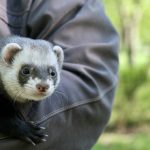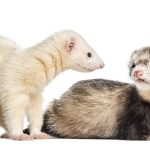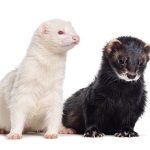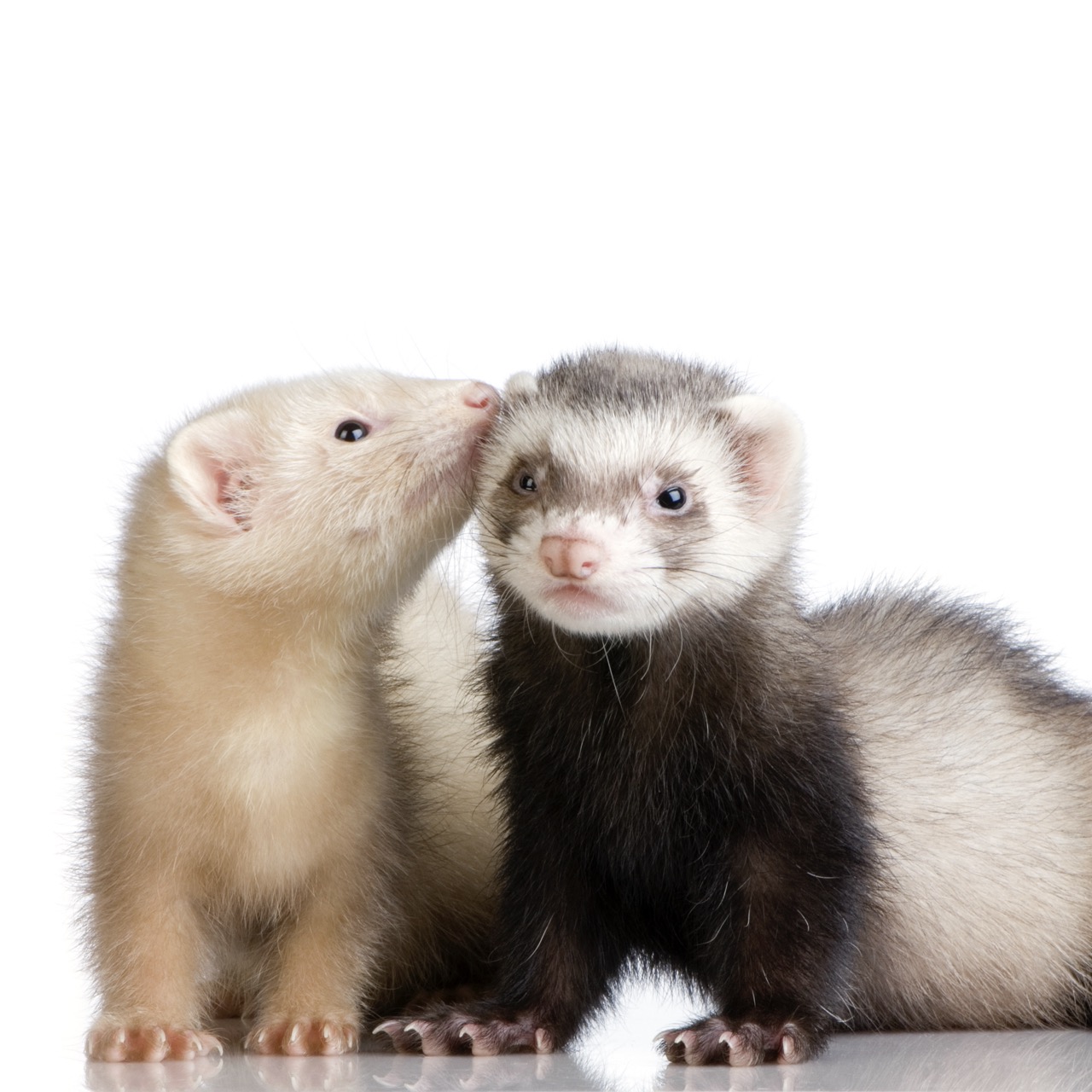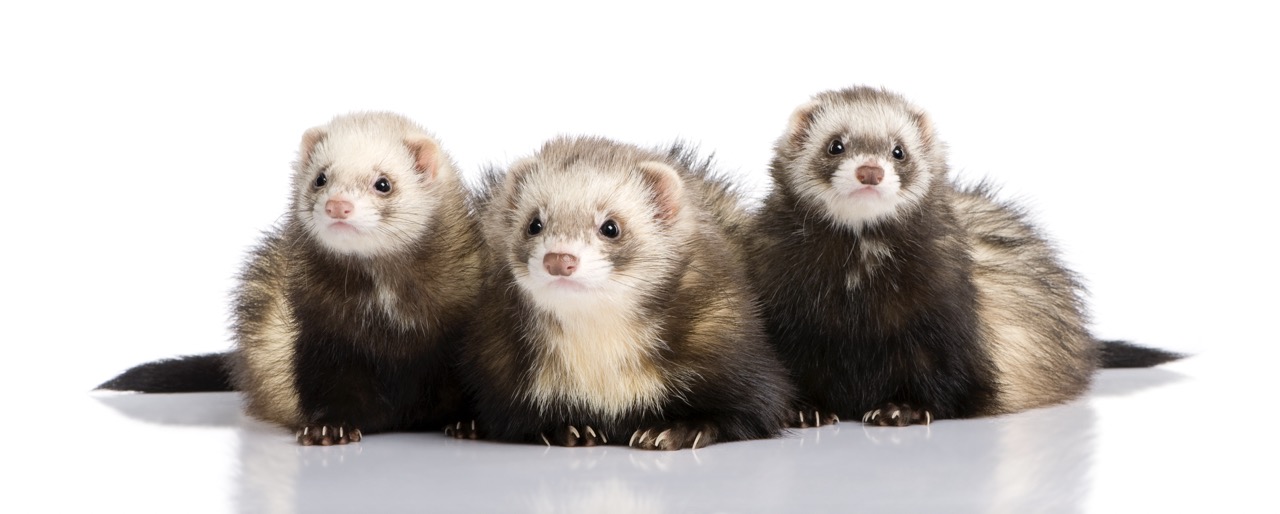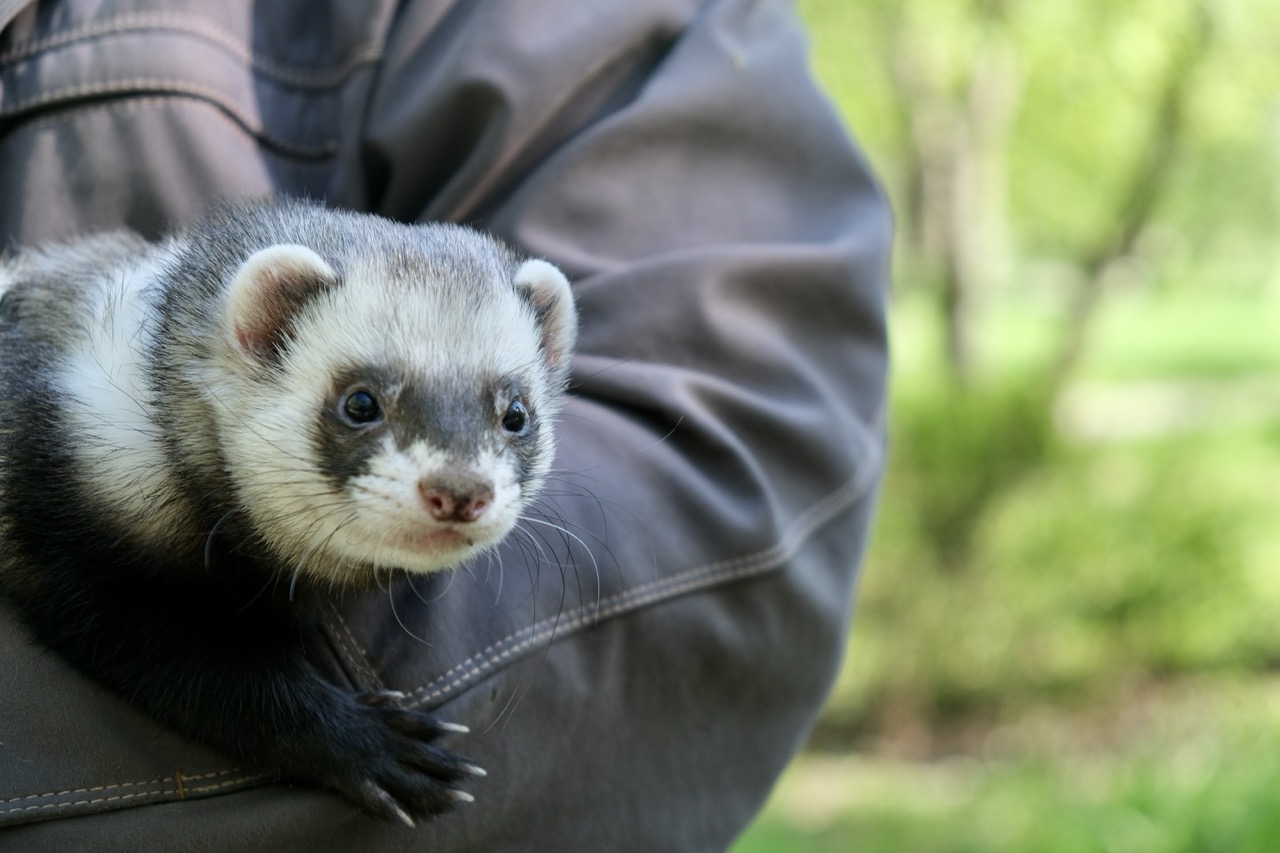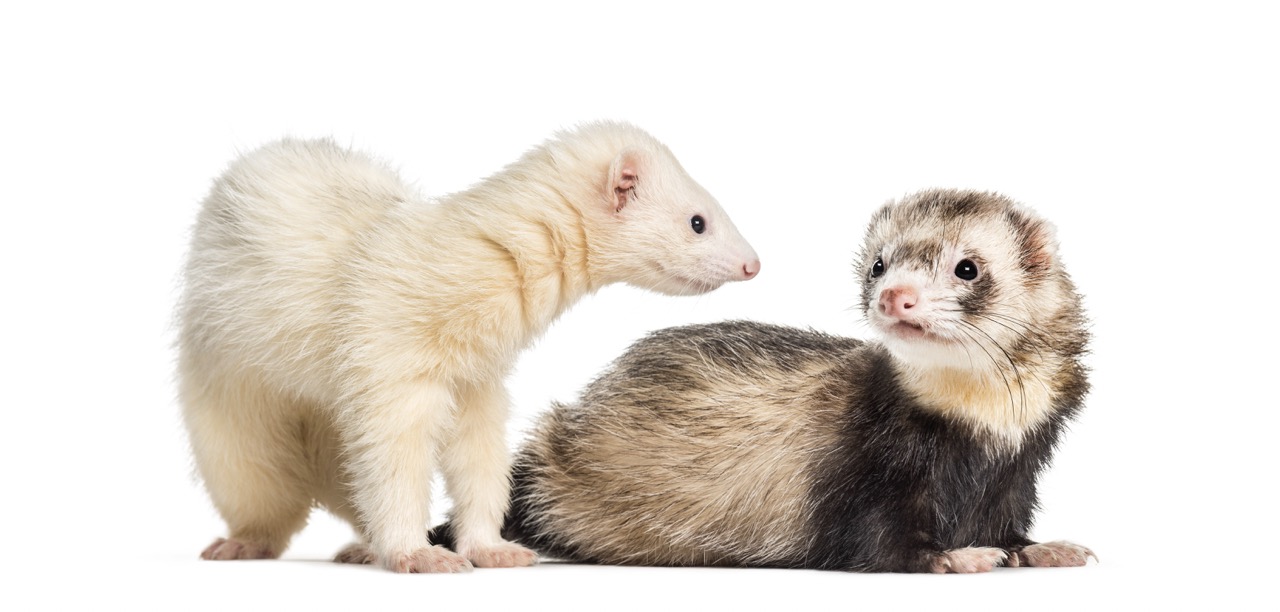Ferrets are small, charismatic mammals known for their spirited and playful behavior. Their unique physical biology plays a crucial role in shaping their interactions with the world around them. From their agile movements to their social tendencies, various anatomical features contribute to their playful nature. This article will explore how ferrets’ physical biology affects their playful demeanor, focusing on muscle structure, sensory adaptations, and social behaviors.
Understanding Ferrets’ Unique Biology and Playful Behavior
Ferrets (Mustela putorius furo) belong to the weasel family and are characterized by their long, slender bodies, short legs, and highly flexible spines. This morphology allows them to navigate through tight spaces and perform acrobatic movements that enhance their playfulness. Unlike many other domesticated pets, ferrets possess a natural inclination to engage in playful activities, which is deeply rooted in their biology and evolutionary history. Their ancestors were skilled hunters, and this instinctive behavior often translates into a playful demeanor when interacting with toys, other ferrets, or even human companions.
The playful nature of ferrets is not merely a product of their physical attributes; it is also a significant aspect of their social structure. In the wild, ferrets engage in playful bouts to develop crucial hunting skills and strengthen social bonds within their groups. This innate drive to play is often observed in domestic ferrets, who express themselves through various forms of play, such as chasing, wrestling, and burrowing. Their interactions often resemble those of their wild counterparts, underscoring the importance of play in ferrets’ overall well-being.
Additionally, the playful behavior of ferrets serves as a vital outlet for their energy and mental stimulation. Without sufficient opportunities for play, ferrets may exhibit behavioral issues such as aggression or lethargy. Ensuring that ferrets have access to toys and playmates is essential for their physical and emotional health. Overall, their unique biology influences their playful interactions, making them engaging companions for those who appreciate their spirited nature.
The Role of Muscle Structure in Ferrets’ Agility and Playfulness
Ferrets possess a well-defined muscle structure that contributes significantly to their agility. Their bodies are equipped with a high proportion of fast-twitch muscle fibers, which allows them to perform quick bursts of speed and agile movements. This muscular composition not only supports their playful antics, such as darting and jumping but also enhances their ability to execute complex maneuvers during play. This agility is a critical component of their playfulness, enabling them to engage in high-energy activities that mimic hunting behaviors.
Moreover, the flexibility of a ferret’s spine plays a vital role in their movement. Their unique skeletal structure allows for a greater range of motion, facilitating rapid twists and turns while playing. This flexibility makes ferrets adept at navigating through environments, whether they are darting through tunnels or climbing over obstacles. The combination of muscle strength and spinal flexibility allows ferrets to engage in vigorous play, maintaining their high-energy lifestyle.
This exceptional physical capability is not only limited to their play but also aids in their overall health. Regular play helps to build muscle tone and cardiovascular fitness, which are essential for maintaining their well-being. By harnessing their physical biology, ferrets can engage in activities that promote exercise and stimulation, further enhancing their playful nature. Thus, the interplay between muscle structure and playful behavior creates a cycle that benefits both their physical health and social interactions.
Sensory Adaptations: How Ferrets Engage with Their Environment
Ferrets exhibit unique sensory adaptations that significantly enhance their playful behavior. Their keen sense of smell is one of the most developed among domesticated animals, allowing them to detect scents from a distance. This olfactory acuity is vital for ferrets during play, as they can follow trails and locate toys or treats hidden in their environment. The ability to sniff out objects enhances their playful exploration and encourages curiosity, both of which are essential elements of their behavior.
In addition to their exceptional sense of smell, ferrets have sharp hearing capabilities. Their ears can pick up a wide range of frequencies, enabling them to detect sounds that may escape the notice of other animals. This acute auditory perception allows ferrets to engage in playful interactions with their environment, responding to noises that trigger their curiosity or excitement. Whether it’s the rustling of a toy or the sound of a fellow ferret at play, their ability to sense these cues adds depth to their playful experience.
Furthermore, ferrets possess good vision, particularly in low-light conditions. Their eyes are adapted for nocturnal activity, allowing them to navigate and explore their surroundings in dim lighting. This visual proficiency complements their other senses, enabling them to engage with their environment while playing. The combination of strong sensory adaptations fosters an interactive experience for ferrets, enhancing their innate tendency to be playful and curious creatures.
The Impact of Social Behavior on Ferrets’ Playful Interactions
Ferrets are inherently social animals, and their social behavior significantly influences their playful interactions. In the wild, ferrets often live in groups, where they rely on complex social structures to thrive. This social nature manifests in their domestic life, as ferrets thrive when they have companionship, whether from other ferrets or human caregivers. Their interactions with playmates are marked by a series of rituals that help establish social hierarchy and build lasting bonds, creating an environment conducive to play.
Play behavior in ferrets often involves mimicry of social cues, such as bowing or pouncing, which helps them communicate their intentions and invite others to join in. These playful displays strengthen social bonds and promote a sense of belonging within their group. When ferrets engage in play with one another, they practice essential skills such as cooperation, negotiation, and conflict resolution. These interactions are crucial for their emotional and social development, fostering a harmonious environment where play can flourish.
Moreover, the dynamics of play can vary based on the ferret’s social context. A solitary ferret may display different playful behaviors compared to one engaged with a group. The presence of playmates encourages more vigorous and varied forms of play, while solitary play often involves exploratory behaviors or interaction with toys. Understanding these social dynamics is essential for ferret owners, as providing opportunities for social interaction can significantly enhance the playful experiences of their ferrets.
In summary, ferrets’ playful nature is deeply intertwined with their unique physical biology. From their muscle structure that supports agility to their sensory adaptations that enhance engagement with their environment, these anatomical features contribute significantly to their spirited behavior. Additionally, their social interactions further amplify their playfulness, allowing them to forge bonds and develop essential life skills. Understanding these biological and social factors can help ferret owners create an enriched environment that nurtures their pets’ playful tendencies, ultimately leading to happier and healthier companions.


